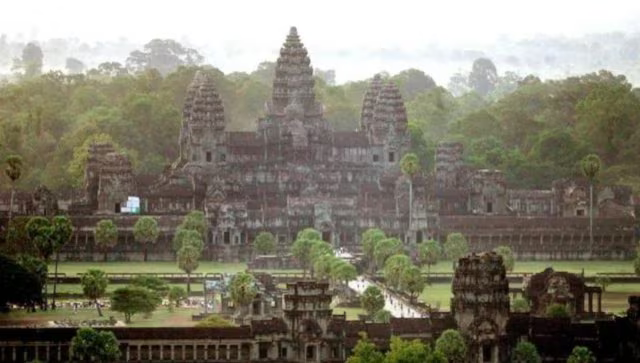Free Courses Sale ends Soon, Get It Now


Free Courses Sale ends Soon, Get It Now



Disclaimer: Copyright infringement not intended.
Context
Angkor Wat temple in Cambodia becomes 8th wonder of the world, defeats Italy's Pompeii.
Details
Angkor Wat Temple
Location:
Historical Significance:
Key Features:
Interesting Facts:
Pompeii
Location:
History:
Key Features:
Cultural Significance:
Conclusion
Angkor Wat's architectural magnificence, cultural transition, rich historical significance, and UNESCO's preservation efforts collectively contribute to its status as a wonder and a compelling destination for millions of visitors annually.
MUST READ ARTICLE:
|
PRACTICE QUESTION Q. Which of the following statements correctly describes one of the Seven Wonders of the World? Statements: 1. It is an ancient wonder that was dedicated to the Greek goddess Athena. 2. This wonder was destroyed by fire in the 3rd century AD. 3. Its construction began around 447 BC and completed in 438 BC. Options: A. Hanging Gardens of Babylon B. Statue of Zeus at Olympia C. Temple of Artemis at Ephesus D. Mausoleum at Halicarnassus Answer: C |
© 2024 iasgyan. All right reserved